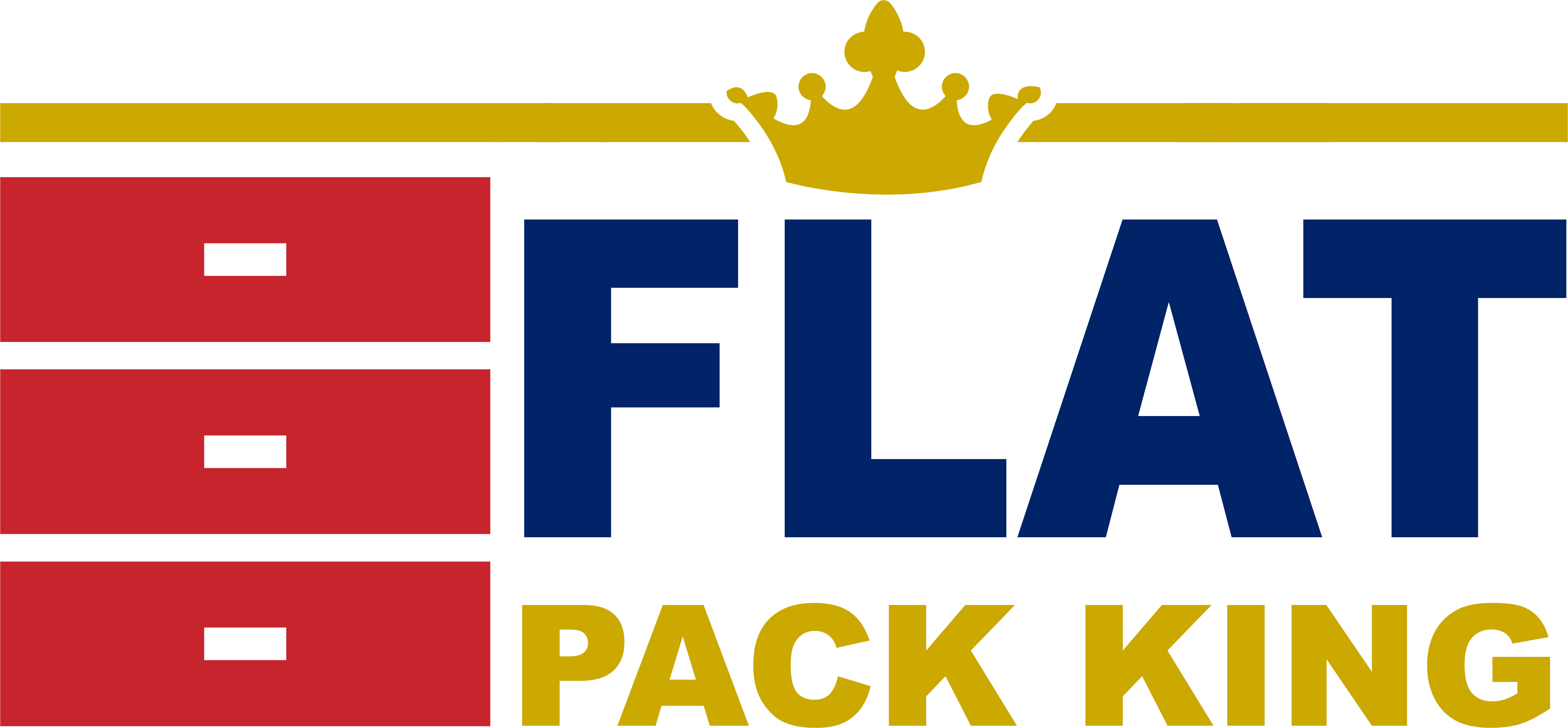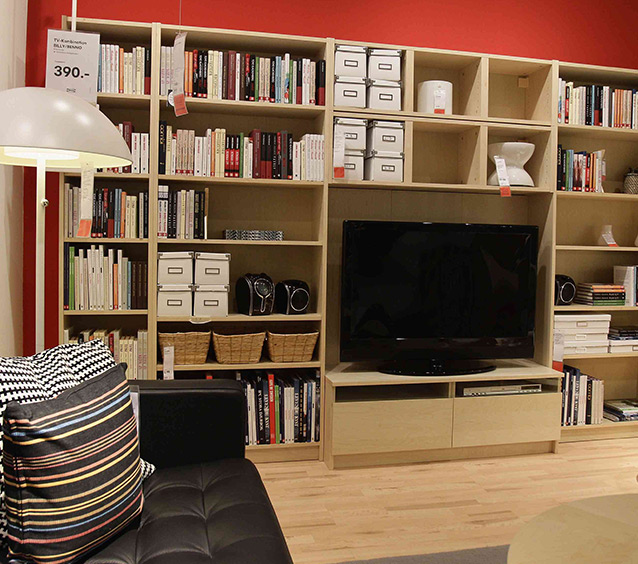IKEA, the Swedish furniture giant, is not just known for its stylish and affordable furniture but also for its global presence and ambitious sustainability goals. As one of the world's largest retailers, IKEA's practices and challenges in sustainability hold significant importance in today's environmental landscape.
Sustainability at the Core
IKEA's commitment to sustainability runs deep within its DNA. The company acknowledges the pressing need for responsible practices, and it has set ambitious goals to become a more sustainable and environmentally friendly enterprise.
Renewable Energy: IKEA has invested heavily in renewable energy, with the aim of producing as much renewable energy as it consumes in its operations by 2030. The company has also installed solar panels in many of its stores and warehouses.
Sustainable Sourcing: IKEA is committed to sourcing materials responsibly. It aims to use 100% sustainably sourced cotton and wood by 2020. The company also promotes the use of recycled materials in its products.
Circular Economy: IKEA is actively exploring the concept of a circular economy. This means designing products that can be easily disassembled, repaired, and recycled. It's part of IKEA's plan to reduce waste and extend the lifespan of its products.
Reducing Carbon Footprint: IKEA has set a target to reduce more greenhouse gas emissions than the entire IKEA value chain emits by 2030. The company is transitioning to electric delivery vehicles, energy-efficient lighting, and other carbon-reducing practices.
Challenges on the Path to Sustainability
While IKEA's sustainability efforts are commendable, they are not without challenges. Addressing these challenges is essential for the company to achieve its sustainability goals.
Mass Production: As a global giant, IKEA produces millions of products each year. Mass production can put pressure on resources and generate large volumes of waste, even with the best intentions.
Transport Emissions: IKEA's vast supply chain involves a significant amount of transportation, contributing to carbon emissions. Finding low-emission transportation solutions is a complex challenge.
Consumer Behaviour: While IKEA designs products for a circular economy, consumer behaviour is pivotal. Not all customers may be inclined to repair or recycle furniture, which can undermine IKEA's sustainability goals.
Complex Supply Chain: IKEA's extensive supply chain presents challenges in monitoring and ensuring sustainable practices at every stage. Managing sustainability across multiple countries and suppliers can be intricate.
A Balancing Act
IKEA's journey toward sustainability is undoubtedly a balancing act. As a global company, it faces a unique set of challenges. Yet, its size and influence can also drive positive change on a substantial scale.
IKEA's commitment to transparency and sustainability practices means that customers can make informed choices and support the company's goals. While the challenges are substantial, IKEA's determination and innovations demonstrate that global corporations can play a significant role in promoting a sustainable future.
As consumers, our choices can also make a difference. Supporting companies like IKEA in their sustainability efforts and embracing the concept of a circular economy can contribute to a more eco-conscious and responsible world.












